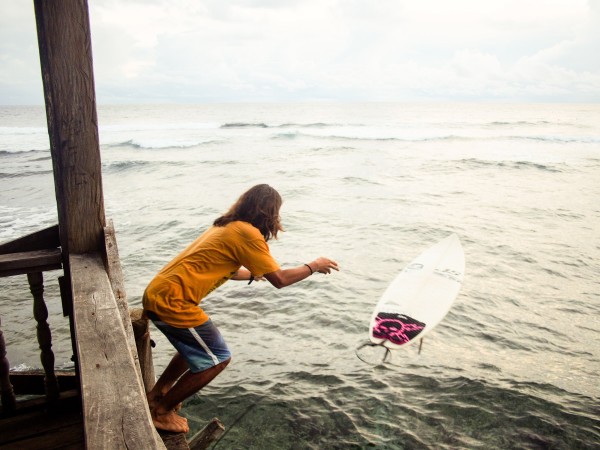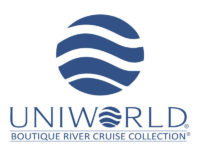6 Facts About Surfing in the Philippines
written on September 3rd, 2015 by Rafia Abubakar
It’s funny as I sit beside my window, writing about a water activity, particularly one that can be done in a nice beach, it is raining cats and dogs outside. But I guess I am not alone in thinking about beaches on a rainy day. The summer may be over but who’s to say that the beach is not an option for a road trip seeking fun under the Sun? In the Philippines, a beach trip is almost a year-round favourite choice for family trips and escapades.
Watersport Challenge.
What prompted my thoughts of sea and sand? I had noticed the surge of people discovering the watersport of surfing, most of them beginners swearing by the addictiveness. Curious as I’ll ever be, I looked it up. From a the point of view of someone who’s not into watersports, I must admit the idea seems intimidating, but I’ve seen complete newbies aching to ride the wave again, or try to fully stand up on the board at least. Indeed, one of the greater challenges is to just get on top of the board.
Here are some interesting facts about surfing in the Philippines:
1. The fame of surfing in the Philippines is attributed to the 1979 film Apocalypse Now, where it showed a daring surfing scene amidst wartime. The scene was shot in the beautiful Baler. Dubbed the birthplace of surfing in the Philippines, Baler to this day holds a spot amongst the surfing enthusiasts.
2. Baler may be where it all started, but down south in Siargao Island takes the cake as being the Surf Capital of the Philippines, and “Cloud 9” is the beach you want to be in if you want to see some action. During the Surf Season, waves come in averaging 7ft high. Definitely a surfer’s paradise. As an enthusiast or a newbie, this might be a good place to pick up some tricks and moves.
3. The peak season is just around the corner, October to January, and also in May to August. So there’s still time to plan that itinerary.
4. The Philippines is actually a good place for surfing, with many foreign surfers making the journey to catch the perfect wave. No surprise there considering the sheer number of Islands and coastlines we have. Also because we have beach breaks coming from the Pacific Ocean and South China Sea.
5. Spur of the moment thing? Want to learn? No board? That’s no problem. Surf camps are found in most known surf beaches. You can even hire an instructor on the spot or find a board to rent in a surf shop. It’s a tourist industry on its own.
6. For beginners to intermediates the best place to learn is in Zambales. The swell is not as large but still good to get the experience.
Itching to get your feet wet, or just want another reason to go to the beach? Surfing may just be what you’re looking for. It’s definitely a plus that once you get into it you get a different kind of workout too. No wonder those surfers are well toned. Just trying to keep yourself standing above water is enough challenge already.






